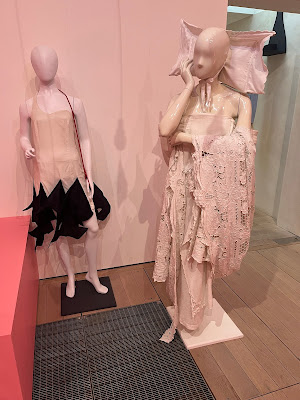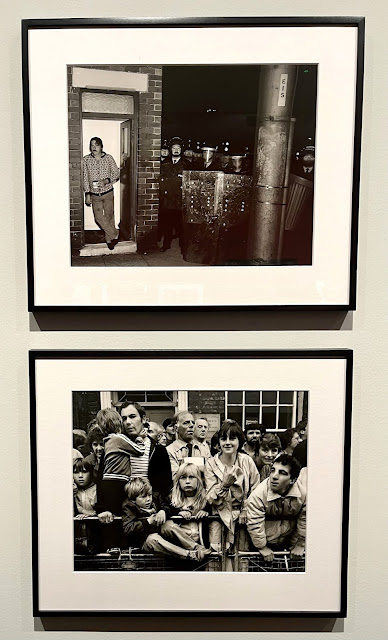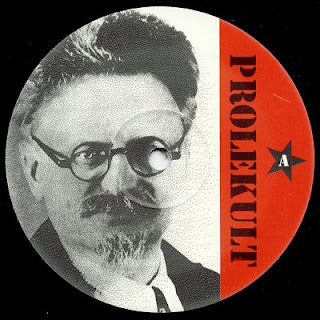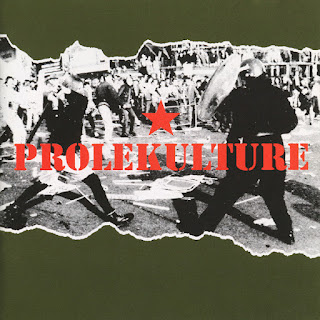The Spice Girls' pop ballad '2 Become 1' was the UK Christmas number one single in 1996. I loved it at the time for its melody, its video, and (working as I was in HIV at the time) its subtle safer sex use a condom message ('Be a little bit wiser baby, Put it on, put it on'). According to Spice Girl Emma Bunton they also changed the album version lyric of 'Boys and girls feel good together' to 'Love will bring us back together' to be inclusive of their LGBT audience.
The main sentiment of the song though is a familiar one in pop music: 'tonight is the night when two become one', through sex the lovers are united into a single entity.
But it is precisely this notion of love that radical leftist philosopher Alain Badiou takes issue with in his 'In Praise of Love' (2009). Badiou is critical of ‘the meltdown concept of love’ based on the fusion of lovers into the One. That may be a feature of the initial ecstatic encounter, but ‘Real love... that triumphs lastingly, sometime painfully, over the hurdles erected by time, space and the world’ is about Two not One.
For Badiou, 'Love isn't simply about two people meeting and their inward-looking relationship: it is a construction, a life that is being made, no longer from the perspective of the One but from the perspective of Two’. He asks 'what kind of world does one see when one experiences it from the point of view of two and not one? What is the world like when it is experienced, developed and lived from the point of view or difference and identity? That is what I believe love to be'. Again, ‘love suggests a new experience of truth about what it is to be two and not one. That we can encounter and experience the world other than through a solitary consciousness’.
This basis of love in difference rather than identity has political implications: ‘it is urgent to defend love’s subversive, heterogenous relationship to the law. At the most minimal level, people in love put their trust in difference rather than being suspicious of it. Reactionaries are always suspicious of difference in the name of identity’. Love even bears aspects of communism: ‘By “communist” I understand that which makes the held-in-common prevail over selfishness, the collective achievement over private self-interest. While we’re about it, we can say that love is communist in that sense, if one accepts, as I do, that the real subject of a love is is the becoming of the couple and not the mere satisfaction of the individuals that are its component parts. Yet another possible definition of love: minimal communism!’
There is something very French about Badiou's observations, or rather something that accords with Anglo stereotypes of French radical philosophy. There does seem to be a line stretching from the Surrealists through the Situationists and beyond that posits love, desire and passion as unproblematic buildings blocks of a better world. Usually from a male perspective, the view of the objects of their desire are not usually given much thought (though not sure that criticism can be levelled at Badiou). Obviously there is something quite heteronormative in the conception of the couple (the Two) as the subject of love. And don't fascists, reactionaries and racists of all sorts also fall in love, often with people they see as being like them? Their emotional ties can strengthen their sense of identity to their imagined community to the exclusion of those they see as other.
Still we can't deny that we are drawn to stories like Romeo and Juliet where the Two come from rival camps demonstrating ‘the power love possesses to slice diagonally through the most powerful oppositions and radical separations’. Badiou observes that ‘The commonest, most exploited conflict on the stage is the struggle of chance love against implacable law. More subtly, it is the struggle of young people, helped by proletarians (slaves and servants), against the old helped by Church and State’. In these stories and sometimes in our lives, love is 'a cosmopolitan, subversive, sexual energy that transgresses frontiers and social status'.



.jpeg)
.jpeg)












































